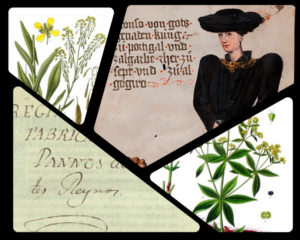News
Publication of the article by Luís Gonçalves Ferreira "Domesticating Colour in the Early Modern Age: Dyeing Wool in Black in Portugal
10 of february of 2024 | Revista Heritage
Published on

Mastering a colour—as such, its ‘domestication’—involves a weft of technological and symbolic relationships encompassed in the human ability to reproduce a visible colour using the techniques of textile dyeing. The Regimento dos panos or Regimento dos trapeiros (‘regulation of fabrics’ or ‘regulation of drapers’), published in 1573 and expanded in 1690, is a document made up of 107 chapters aiming to standardise the various stages of the production chain of woollen goods in Portugal. In the sections relating to the finishing of fabrics, the regulation carefully details the dyeing of the colour black. The main aim of this text is to discuss the four recipes presented in that document. The system presupposed a phase exogenous to the rules, since the fabrics had to be previously dyed blue (‘celestial blues’) by means of successive immersions of the cloth in a vat with indigo. The dyeing itself was achieved by mixing mordants and auxiliaries (alum, tartar, iron sulphate, and tannins) with a red dye (madder). The main conclusion is that the formulae presented do not constitute, in their general principles, a characteristic Portuguese methodology. In addition, the article includes an inventory of the raw materials used for dyeing in the Early Modern Age, produced, through a qualitative method, through cross-reference with other manuscript and printed sources, as well as an interpretation of their social and economic importance, and a systematisation of the types of Portuguese wools.
This article is an output of the project “REVIVE: The threads of the past weaving the future: The colours of the Royal Covilhã Textile Factory, 1764-1850” and the individual PhD scholarship “Pobres, doente e esfarrapados? Indumentária de pobres no contexto assistencial de Porto e Lisboa (séculos XVII-XVIII)”.
The article is available HERE.